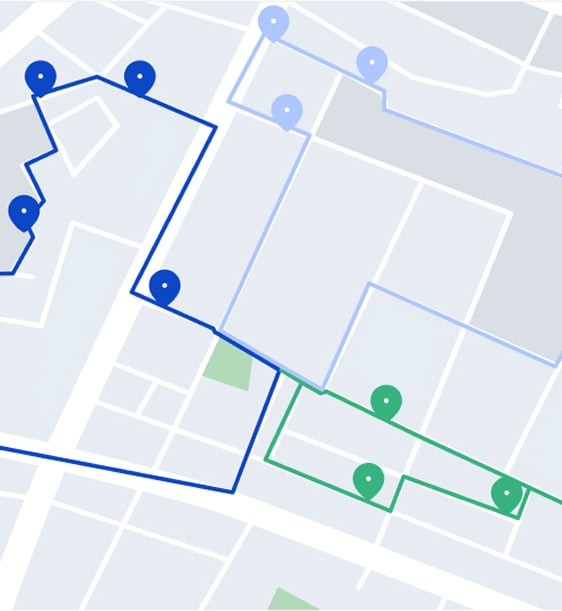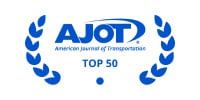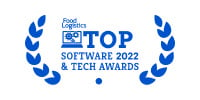The Global Leader
in Last Mile Delivery Software
Helping companies around the world promise, deliver, and delight their customers 1 million times a day.
Book a Demo Product Tour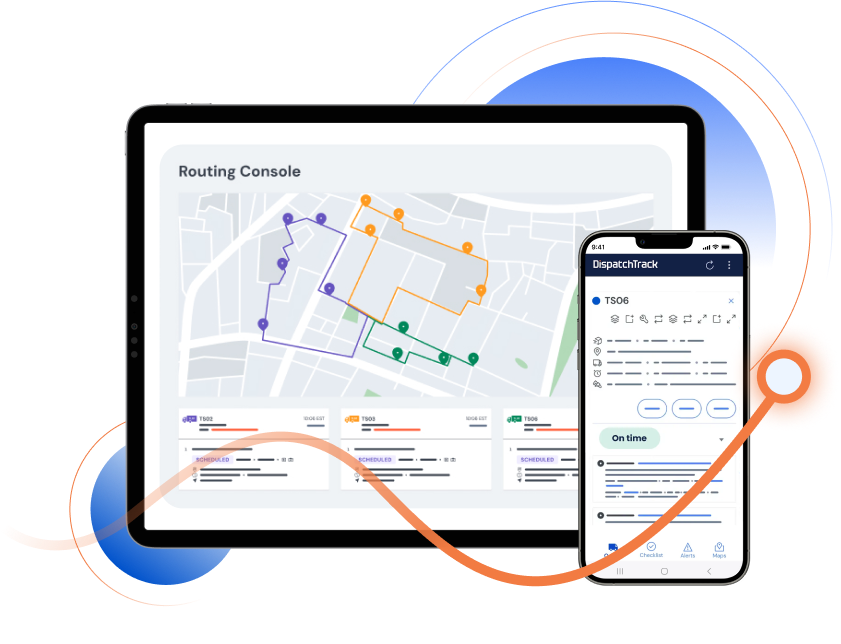
See DispatchTrack in Action
Optimize last-mile delivery with our AI-powered platform. Gain real-time visibility, enhance efficiency, and reduce costs – all while ensuring on-time deliveries and a seamless customer experience.
Real-Time Tracking & Visibility
AI-Driven Route Optimization
Performance Insights & Reporting
%
Faster routing times
%
Delivery success rate
%
Reduction in customer calls
OUR PLATFORM
Modern Delivery Management Software Essentials
Route Optimization
+
Our best-of-breed, AI-powered routing optimizes thousands of routes in minutes—producing ETAs your drivers meet with 98% accuracy. Seamlessly combine dynamic routing with manual adjustments in a single session. The routing engine gets better every day as machine learning gathers real-life data about traffic, drives efficiency, and service times.
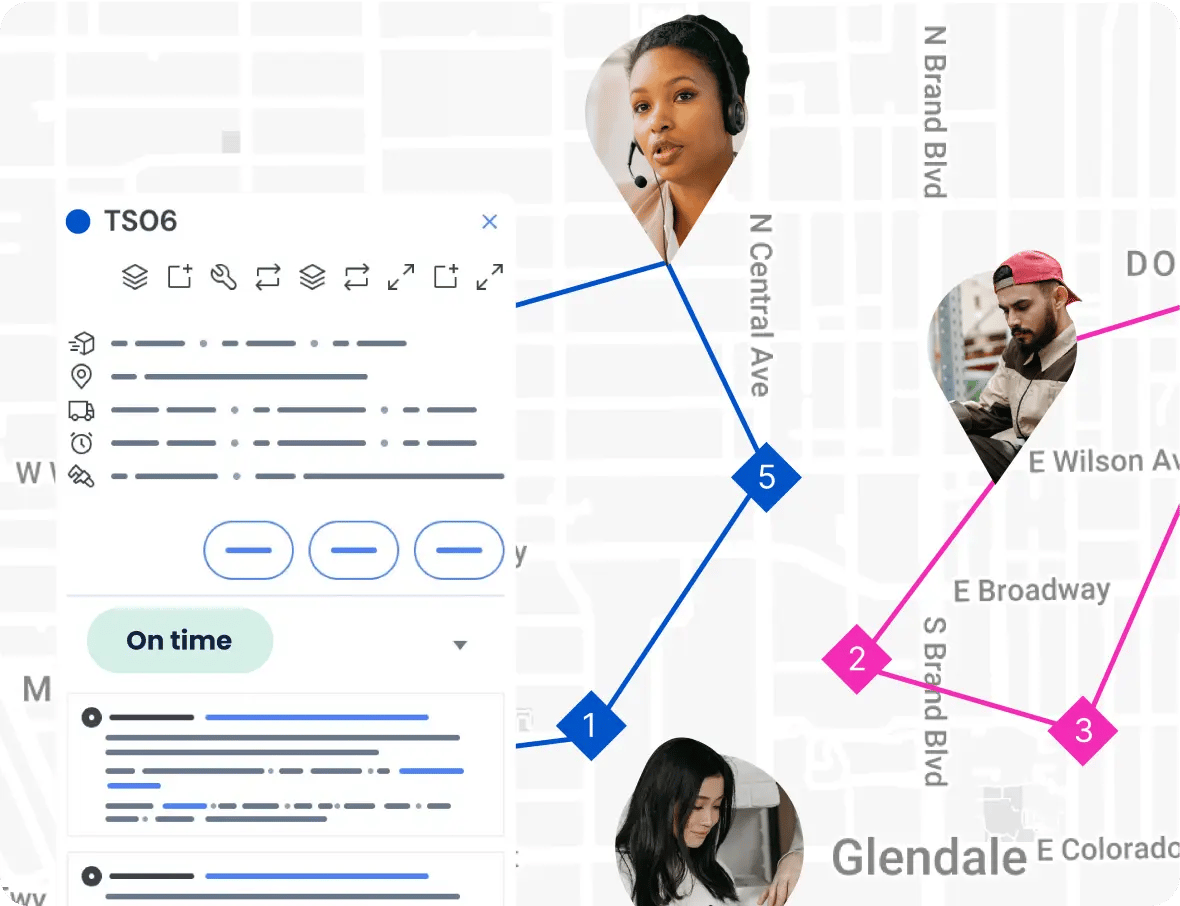
Scheduling & Tracking
+
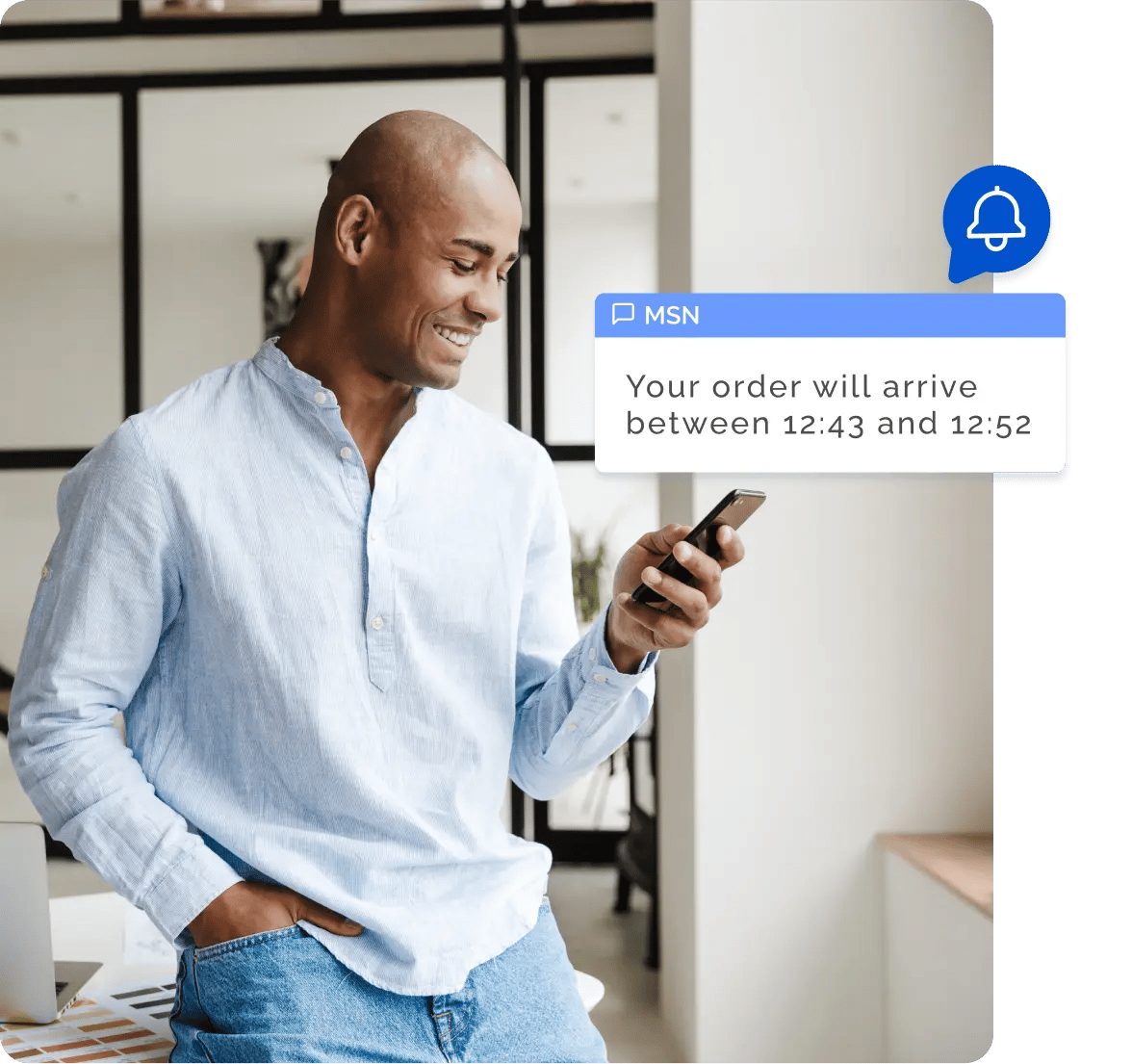
Customer Experience
+
Maintain an exceptional last mile customer experience with personalized, relevant, and prompt customer notifications and comprehensive real-time visibility. Stay connected with end customers throughout the last mile journey with relevant information and images to ensure smooth deliveries and satisfied customers.

Delivery Execution
+
Inform the customer, provide on-site services, and gather proof-of-delivery via the full-featured driver mobile app. Communicate and coordinate in real time with customers, drivers, and dispatchers and provide post-delivery sales, billing, and surveys.
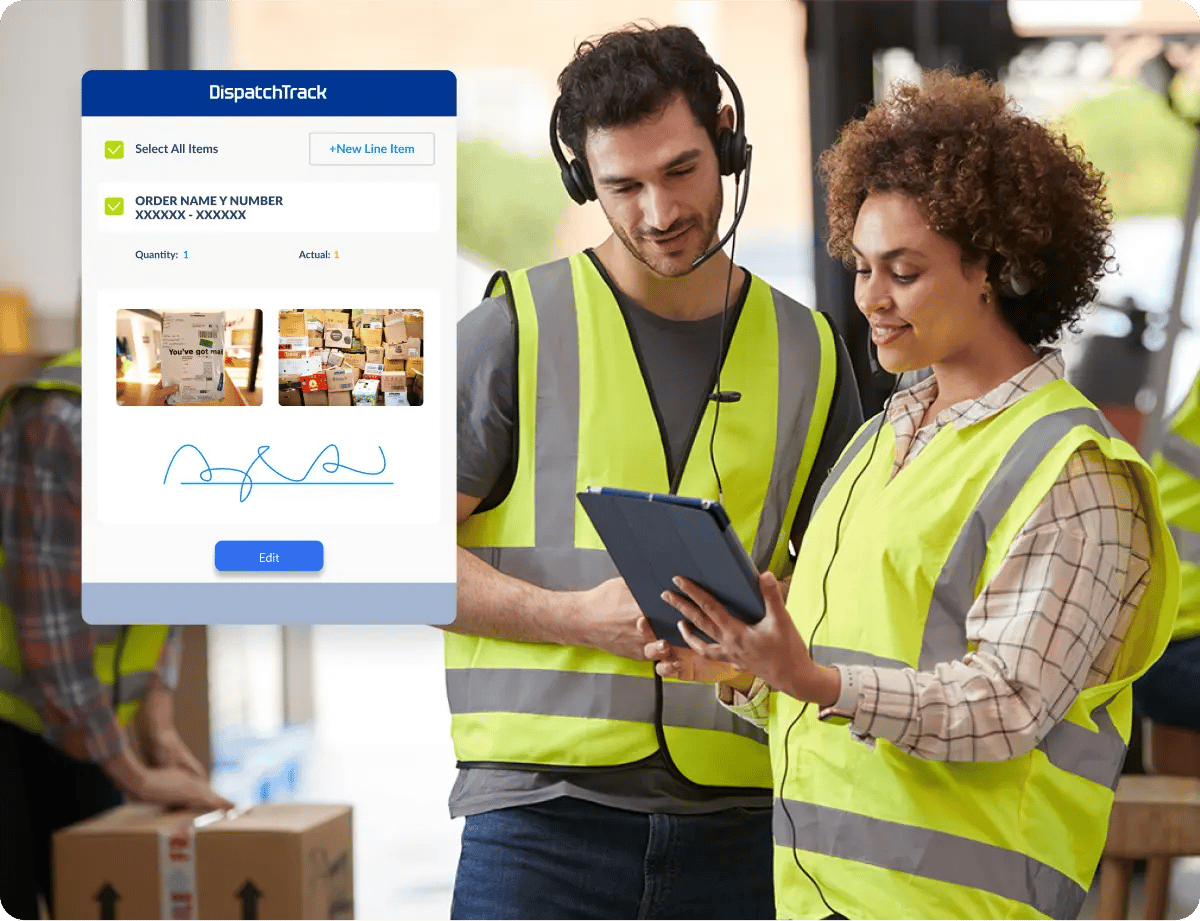
Reporting & Analytics
+
Your delivery data is centralized so it can be reported and analyzed readily. Fine tune your operation using analysis from built-in reports and create custom reports to capture everything from multi-jurisdictional fuel taxes to FSMA and DOT/ELD/IFTA/HOS compliance logs to driver behavior and real-time telematics data.
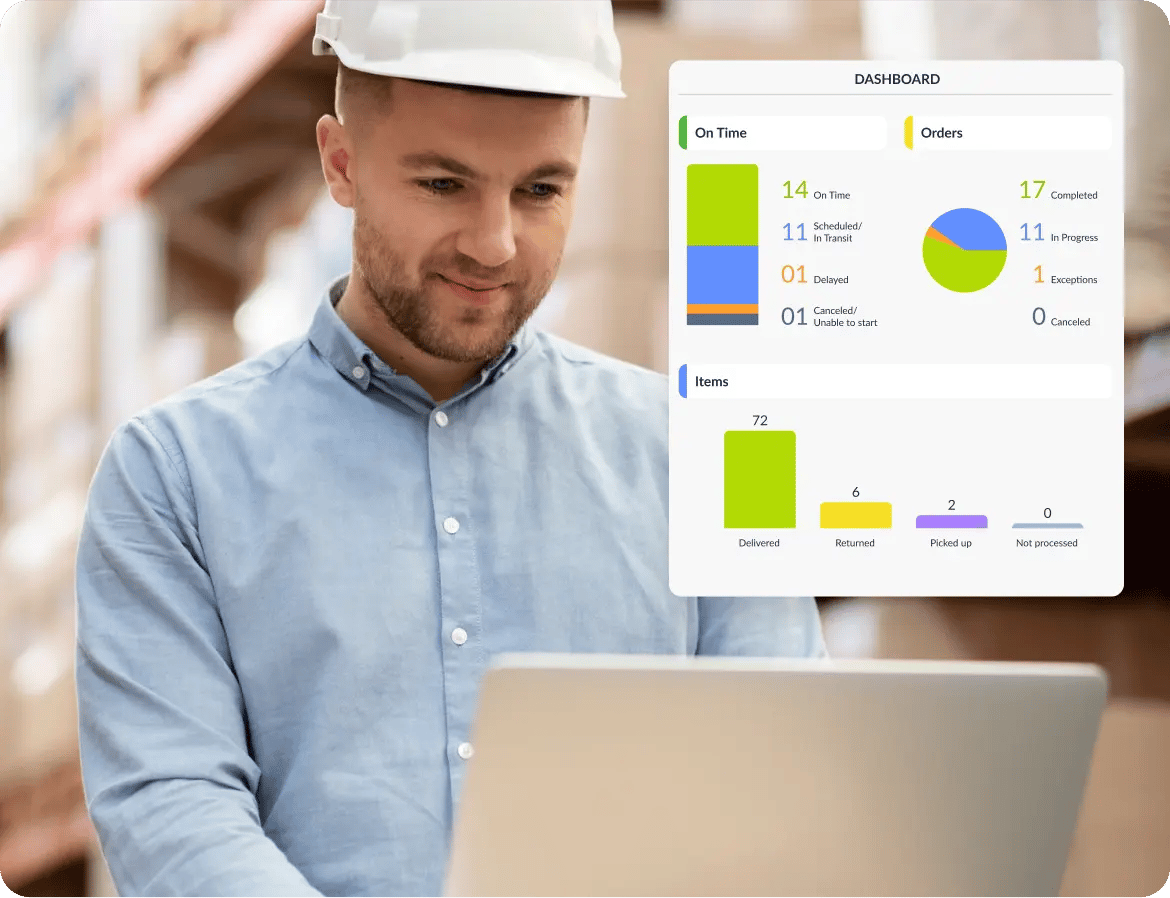

No Spreadsheets, No Phone Calls: Building a Smarter Last Mile
Last mile deliveries are at a turning point.
If you’re still relying on spreadsheets or phone calls in your last mile delivery process, here's your guide to saving money and delighting customers by replacing those outdated processes.
Download now.png)
The DispatchTrack Difference
AWARDS
Recognized for Excellence
CUSTOMER STORIES
See What Our Customers Are Saying
